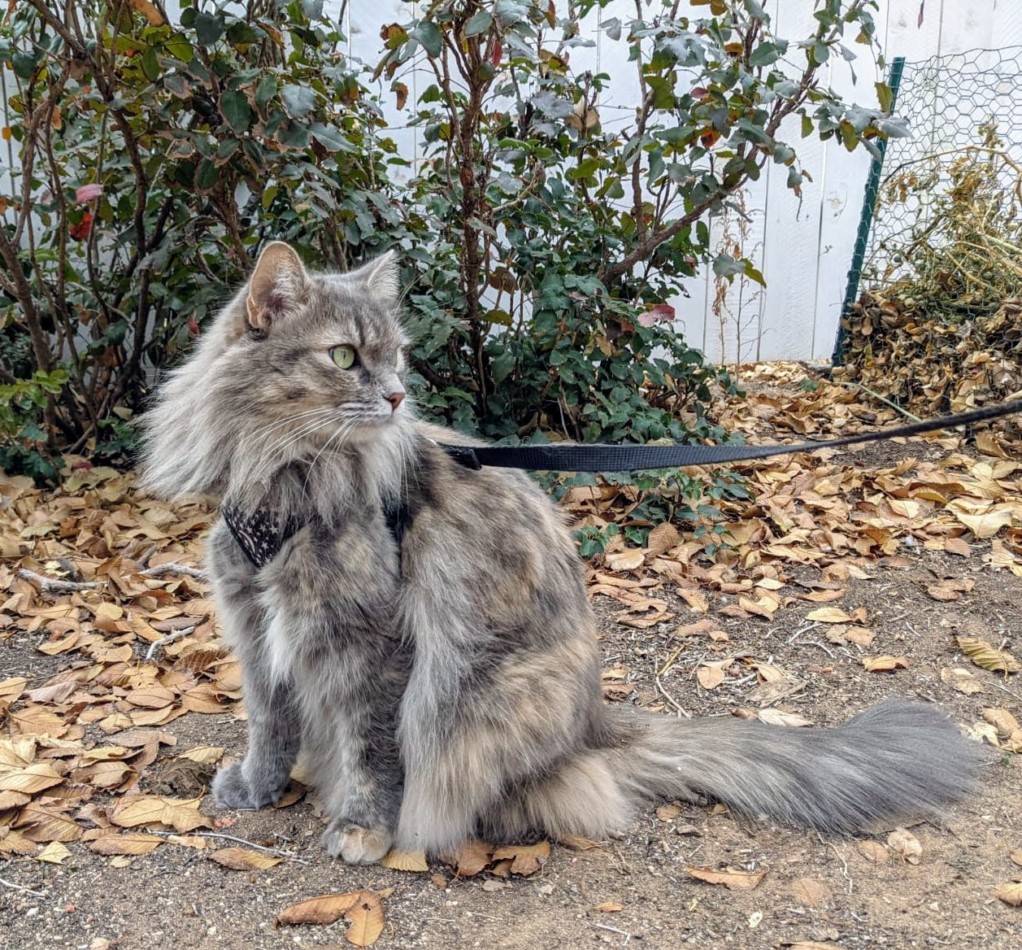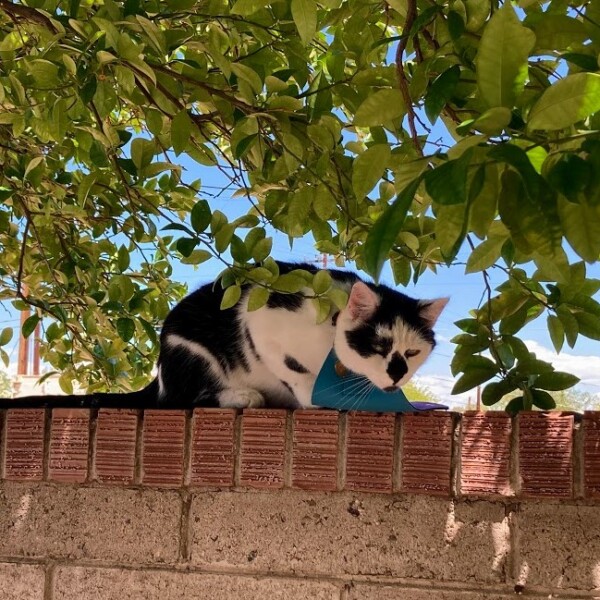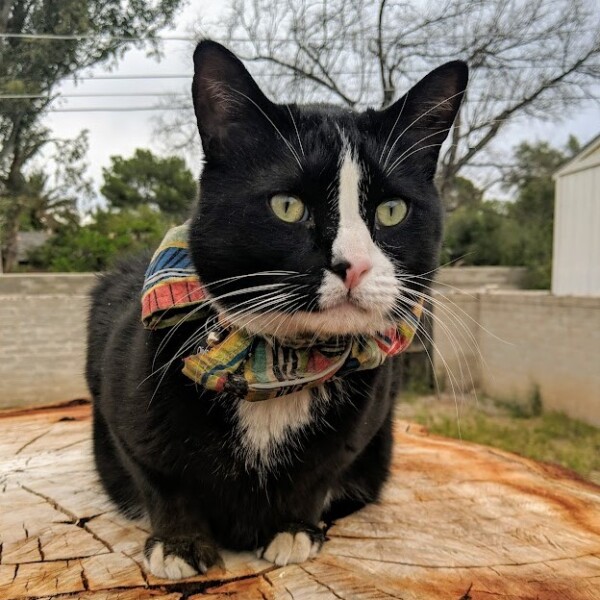We believe in a world where iconic wild cats thrive, a world where park staff and local communities are united and provide safe passage for wildlife across public lands and private ranches in Northern Mexico and Southern Arizona.
Since we hope to achieve this vision through our 1,000 Cats Project, we are launching this series of tips to help you protect bobcat, mountain lion, jaguar, and ocelot — as well as other wildlife — in your own backyard.
[Tip #1: Say No to Using Rat Poison | Tip #2: Brake for Bobcats!]Tip #3: Curb Your House Cat’s Hunting Instincts
In the last few years, many ecologists and wildlife biologists have spoken up, surfacing the threat of domestic cats to native ecosystems. From the 2013 New York Times headline “That Cuddly Kitty is Deadlier Thank You Think” to the 2016 book “Cat Wars: The Devastating Consequences of a Cuddly Killer,” experts have tried reaching cat owners with this appeal:
Please keep non-native domesticated cats indoors to prevent predation on native bird, small mammal, and reptile populations.
What does all this have to do with protecting wild cats? Lots, actually! When domesticated cats wander outside, they roam as non-native species in our native habitat and kill a tremendous amount of wildlife. An estimate from 2013 attributes the killings of 1.3 to 4.0 billion birds, 6.3 to 22.3 billion mammals, 228 to 871 million reptiles, and 86 to 320 million amphibians annually to domesticated cats — in the United States alone! And in addition to staggeringly reducing these populations, the result is that domestic cats are directly competing with the wild cats of our region for these food sources.
All four Sky Island wild cat species — bobcat, mountain lion, jaguar, and ocelot — are carnivores with prey that overlaps those of outdoor domesticated cats. While the two bigger species, mountain lion and jaguar, prey mainly on larger wildlife including deer and javelina, they occasionally depend on rabbits, skunks, and birds to survive. The two smaller species, ocelot and bobcat, are also carnivores and eat many of the smaller animals that domesticated cats kill, including rabbits, rodents, birds, and reptiles.
So, what can we do as cat owners?
#1: Keep your cat inside.
The best option is to keep your “cuddly killer” inside in its natural habitat—the couch, windowsill, or your lap. If your cat is already accustomed to spending much of its time outside, safe options include building a catio (cat patio) or even walking your cat on a leash.

Photo caption: Rabita the domesticated house cat goes on one of her two daily walks around the neighborhood. Credit: Zoe Fullem.
However, if your cat must continue to be an indoor/outdoor cat for their (or your) sanity, you can take steps to make your cat a less effective, and thus less deadly, hunter.
#2: Add a bell or bib to your cat’s collar.
Adding a small bell to your cat’s collar can help alert unsuspecting prey to your cat’s imminent arrival. You can also use brightly colored, specialized cat collars and cat bibs, which have been endorsed by the National Audubon Society to reduce attacks on bird — and also work well to protect lizards in Arizona.
Photo captions: (Left) Neeby the house cat enjoys his time in the backyard. The cat bib reduces his agility and ability to pounce on birds or small rodents and lizards. (Center) Ollie the house cat wears his large and colorful bird-safe collar with multiple bells. (Right) Neeby the domesticated house cat sports his psychedelic cat bib before heading outside to the backyard. Credit: Zoe Fullem.
#3: Limit your cat’s time outdoors.
Limiting the amount of time and time of day that your cat is out prowling the neighborhood can help reduce successful hunts. By keeping them in at night, they are less likely to encounter small mammals who are more active during crepuscular and nocturnal hours, when many of our wild cats are also active hunters.
#4: Spay or neuter your cat.
Fixing your cat makes them less likely to range far from home, reduces their territory, and overall limits the number of prey they may encounter. There are many clinics in Tucson, Arizona and surrounding areas that offer neuter and spay appointments for cats for an affordable price.
References & Resources:
New York Times: That Cuddly Kitty Is Deadlier Than You Think
Cat Wars: The Devastating Consequences of a Cuddly Killer
Animal Diversity Web – Mountain lion
Loss, S.R., Will, T., & Marra, P.P. (2013). The impact of free-ranging domestic cats on wildlife of the United States. Nature Communications, 4(1396), 1-8. doi: 10.1038/ncomms2380




